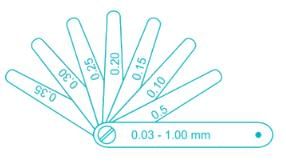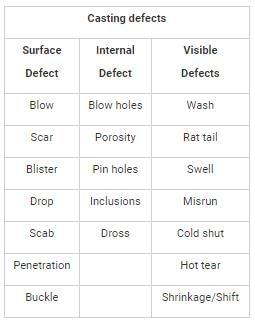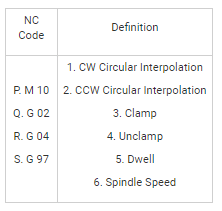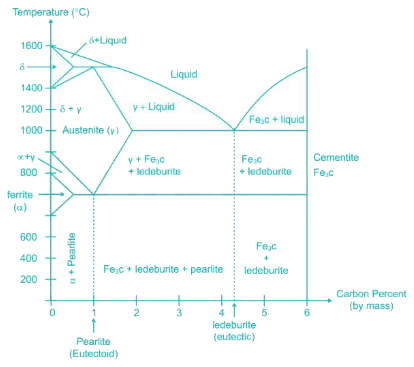Mechanical Engineering Exam > Mechanical Engineering Tests > SSC JE Mechanical Mock Test Series 2025 > Production Engineering - 2 - Mechanical Engineering MCQ
Production Engineering - 2 - Mechanical Engineering MCQ
Test Description
20 Questions MCQ Test SSC JE Mechanical Mock Test Series 2025 - Production Engineering - 2
Production Engineering - 2 for Mechanical Engineering 2025 is part of SSC JE Mechanical Mock Test Series 2025 preparation. The Production Engineering - 2 questions and answers have been
prepared according to the Mechanical Engineering exam syllabus.The Production Engineering - 2 MCQs are made for Mechanical Engineering 2025 Exam. Find important
definitions, questions, notes, meanings, examples, exercises, MCQs and online tests for Production Engineering - 2 below.
Solutions of Production Engineering - 2 questions in English are available as part of our SSC JE Mechanical Mock Test Series 2025 for Mechanical Engineering & Production Engineering - 2 solutions in
Hindi for SSC JE Mechanical Mock Test Series 2025 course. Download more important topics, notes, lectures and mock
test series for Mechanical Engineering Exam by signing up for free. Attempt Production Engineering - 2 | 20 questions in 12 minutes | Mock test for Mechanical Engineering preparation | Free important questions MCQ to study SSC JE Mechanical Mock Test Series 2025 for Mechanical Engineering Exam | Download free PDF with solutions
Production Engineering - 2 - Question 1
Which of the following is not a gear finishing process?
Detailed Solution for Production Engineering - 2 - Question 1
Detailed Solution for Production Engineering - 2 - Question 2
Detailed Solution for Production Engineering - 2 - Question 3
Detailed Solution for Production Engineering - 2 - Question 4
Production Engineering - 2 - Question 5
In sheet metal working, shear is provided on punches and dies so that:
Detailed Solution for Production Engineering - 2 - Question 5
Detailed Solution for Production Engineering - 2 - Question 6
Detailed Solution for Production Engineering - 2 - Question 7
Production Engineering - 2 - Question 8
Which of the following is not considered a basic parameter for arc welding?
Detailed Solution for Production Engineering - 2 - Question 8
Detailed Solution for Production Engineering - 2 - Question 9
Detailed Solution for Production Engineering - 2 - Question 10
Production Engineering - 2 - Question 11
Gray cast irons are often used at the base of heavy machines because of its high:
Detailed Solution for Production Engineering - 2 - Question 11
Detailed Solution for Production Engineering - 2 - Question 12
Detailed Solution for Production Engineering - 2 - Question 13
Production Engineering - 2 - Question 14
_______ steel is widely used for rails of a railway track.
Detailed Solution for Production Engineering - 2 - Question 14
Production Engineering - 2 - Question 15
Following equipments are used in arc welding of material by the use of carbon electrode
Detailed Solution for Production Engineering - 2 - Question 15
Detailed Solution for Production Engineering - 2 - Question 16
Production Engineering - 2 - Question 17
Delta iron occurs at which of the following range of temperature?
Detailed Solution for Production Engineering - 2 - Question 17
Production Engineering - 2 - Question 18
In the electro-discharge machining process, the work-piece and the electrode are submerged in _____.
Detailed Solution for Production Engineering - 2 - Question 18
Detailed Solution for Production Engineering - 2 - Question 19
Production Engineering - 2 - Question 20
A cutting tool has a nose radius of 2 mm, the feed rate for a theoretical surface roughness of 4 microns is _____mm/rev
Detailed Solution for Production Engineering - 2 - Question 20
|
3 videos|1 docs|55 tests
|
Information about Production Engineering - 2 Page
In this test you can find the Exam questions for Production Engineering - 2 solved & explained in the simplest way possible.
Besides giving Questions and answers for Production Engineering - 2, EduRev gives you an ample number of Online tests for practice
























